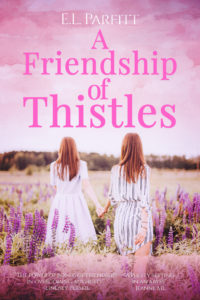‘some methods are more useful for the questions they offer’(Arthur W. Frank, Letting Stories Breathe, p.72)

Questions and crossroads
My question is how can traditional storytelling be used to support emotional health? It’s a tough one. The term narrative therapy was coined as a result of the work of two men, Michael White and David Epston (see https://narrativeapproaches.com/books/narrative-means-to-therapeutic-ends/). Though they didn’t want to be associated with any formal definitions. What exactly they did, I don’t know yet, because I am waiting for their book to come into the library. However in my search, of what felt like every periodic journal in an electronic maze, I found Pennebaker.
In the United States, Pennebaker took the idea of narrative and health further by attempting to test it empirically. He and his colleagues did experiments on writing therapy and discovered that writing had a positive effect on not just mental but also physical health! Which brings me to another question, how do we test this? Pennebaker used qualitative data analysis, the measure of positive versus negative words and how these changed over the test period. I am about to trail this myself in a test run of what I hope will be a larger project in 2013, so I’ll let you know how it goes.
Mental health
There aren’t any definitions that really cover ‘positive’ mental health. In medical dictionaries the definition states that problems in mental health are more measurable. It is like trying to define what makes a ‘whole’ person, sometimes we need different things in our lives to feel secure and comfortable. However individuals know for themselves when they feel well adjusted to the environment around them. T hose moments where things flow perhaps, where we don’t only get on with things but feel truly alive and engaged with our environment. We can feel an emotional and physical balance. When it comes to measuring this I’m still trying to figure it out, I’m sure many other researchers are also.
So where am I starting from? I got the core idea of my PhD after reading The Women Who Run With The Wolves by Clarissa Pinkola Estés. She discusses stories from a female and Jungian perspective. I got to wondering what, if anything, had been tested on the emotional effects of story? At first there was very little. I found mention of an experiment after 9/11 demonstrating that stories helped people cope with anxiety. But these were real life stories. What of fiction? Because of Estés’ book I was drawn to folk lore. My mum encouraged me to read fairy stories as a child, and that later developed into an interest in science fiction, fantasy and horror.
Weaving the threads together
Could I find a way to bring storytelling and mental health together? White & Epston’s idea was also to bring different disciplines together so that people could learn from one another. If only someone had told me this in school when I was conflicted between studying English or Science! To me the two things went together, apparently a lot of other people think this way outside of the curriculum. And so despite being funnelled initially into a biology degree, I gave up science to pursue writing, and here I am attempting once more to bring the two things together. A storytelling based research project, resulting in a mix of qualitative methods, a book of short stories, and the development of another new skill, blogging. Then went back to an old skill and passion: writing!

0 Comments